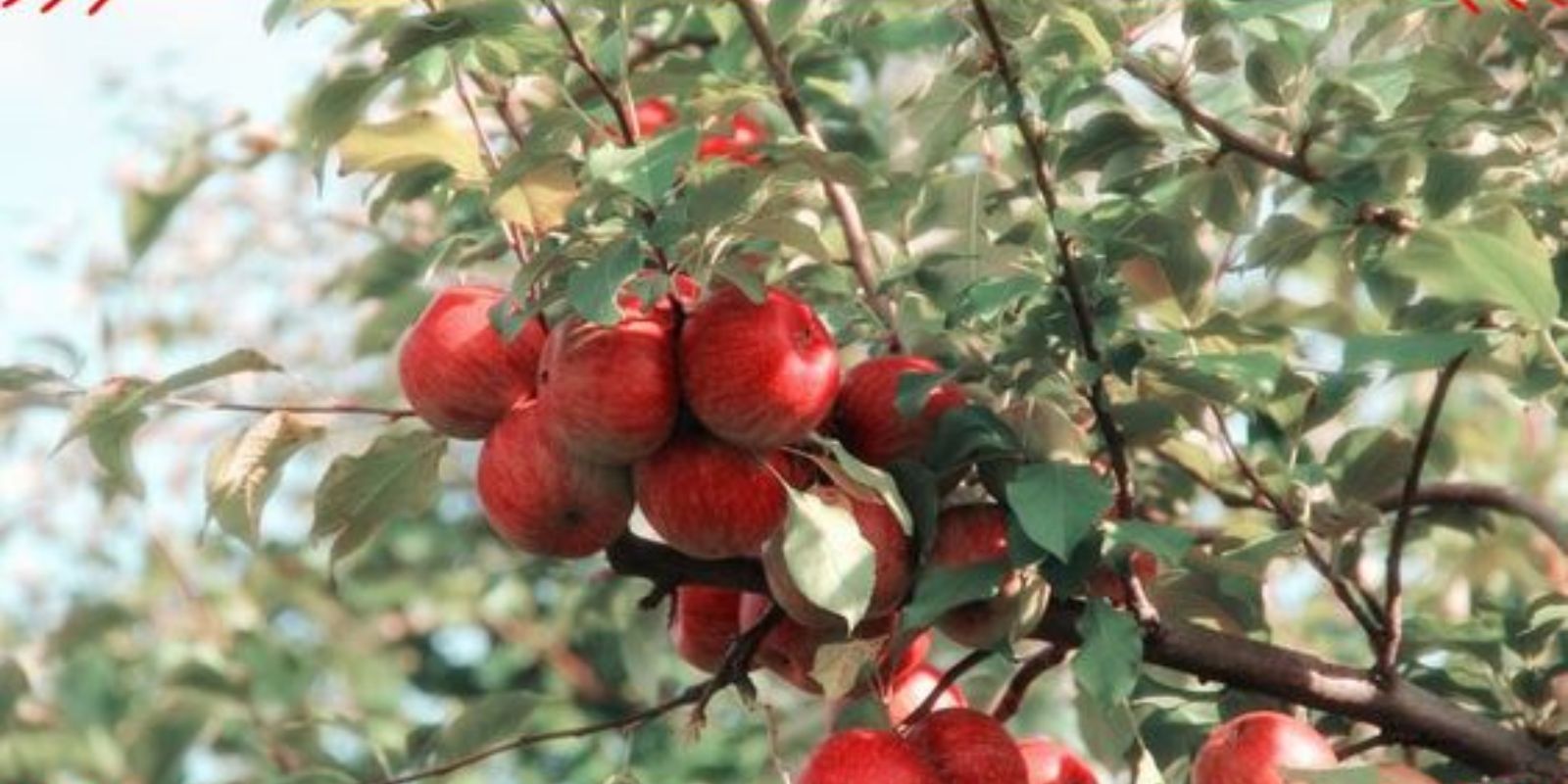Introduction
Imagine plucking a crisp, juicy apple from a tree you nurtured from a tiny seed, all within just three years. Growing an apple tree from seed to fruit-bearing is not only a fulfilling endeavor but also a testament to the marvels of nature and your gardening skills. This article delves into the detailed steps required to successfully cultivate an apple tree from seed, guiding you through each stage from seed selection to enjoying your first homegrown apples.
Step-by-Step Guide to Growing an Apple Tree from Seed
- Seed Collection and Preparation To begin your apple-growing journey, select seeds from a variety of apple you enjoy. Rinse the seeds to remove any remaining pulp and allow them to air dry thoroughly. Once dry, place the seeds in a damp paper towel and seal them in a plastic bag. Refrigerate this bag for 6-8 weeks to stratify the seeds, simulating winter conditions that trigger germination.
- Germination Process After stratification, sow the seeds in small pots filled with well-draining potting soil. Plant each seed about an inch deep and water gently. Place the pots in a sunny location or under grow lights, maintaining consistent moisture levels. Germination typically occurs within 4-6 weeks, with seedlings emerging from the soil.
- Care for Seedlings As the seedlings grow, ensure they receive adequate light to support healthy growth. Rotate the pots regularly to encourage straight, sturdy stems. Keep the soil evenly moist, but avoid overwatering to prevent root rot. Once the seedlings develop several sets of true leaves, thin out weaker seedlings to allow the strongest ones to thrive.
- Transplanting When the threat of frost has passed and seedlings are robust enough, transplant them into larger containers or directly into well-prepared garden soil outdoors. Choose a sunny location with good air circulation and fertile, well-draining soil. Ensure each seedling is planted at the same depth as it was in the pot and water thoroughly after planting.
- Training and Pruning As your apple tree grows, begin training its structure by selecting a central leader—the main, upright stem that will become the trunk. Encourage strong branch development by pruning away competing or crossing branches, aiming for an open, balanced canopy. Prune in late winter or early spring while the tree is dormant to shape its growth effectively.
- Fruit Development Depending on the apple variety and growing conditions, your tree may start bearing fruit as early as the third growing season. Be patient during the early years as the tree establishes its root system and matures. Support fruit production by providing adequate water, nutrients, and pest management as needed.
Benefits of Growing Apple Trees from Seed
- Varietal Diversity: Growing from seed allows you to discover unique apple varieties that may not be commercially available.
- Sustainability: Using seeds from locally grown apples promotes biodiversity and reduces dependency on commercial nurseries.
- Educational Experience: It offers a hands-on learning opportunity for gardeners of all ages, teaching patience, care, and the lifecycle of plants.
Tips for Success
- Choose the Right Variety: Select apple seeds from a variety known for disease resistance and suitable for your climate.
- Provide Adequate Care: Consistent watering, proper nutrition, and vigilant pest control are essential for healthy tree development.
- Be Patient: Apple trees grown from seed take time to mature and bear fruit, but the wait is rewarding.
Conclusion
Growing an apple tree from seed to fruit is a journey filled with anticipation, patience, and the satisfaction of nurturing life from its earliest stages. By following these steps and dedicating time to care for your tree, you’ll soon enjoy the sweet rewards of homegrown apples harvested from a tree you raised from a humble seed. Embrace the process, learn from each stage of growth, and celebrate the bounty of nature’s resilience and beauty in your own garden. Happy apple-growing!

